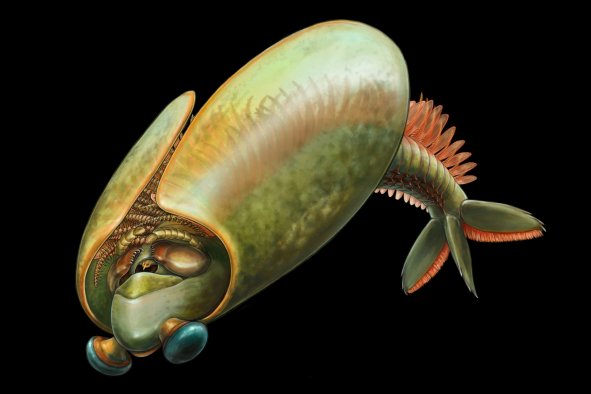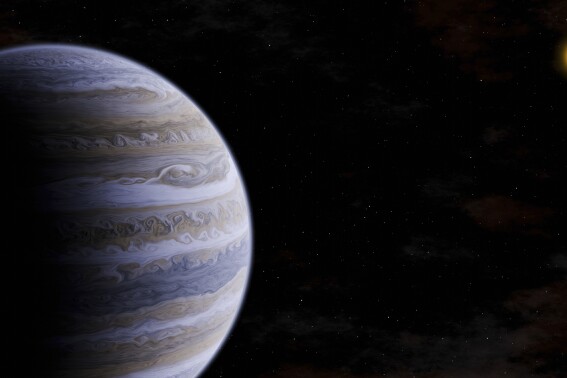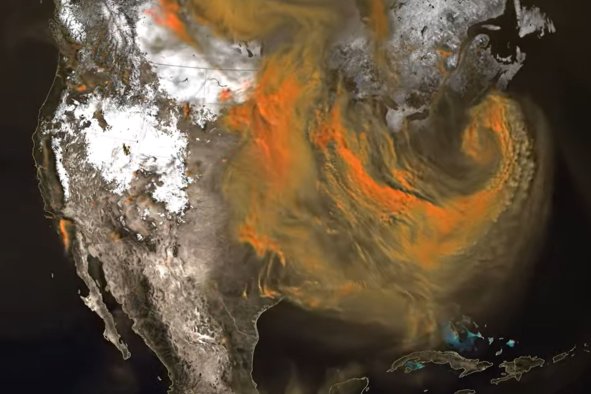Radiation from the sun may not just affect our planet's surface, but also influences material deep within the Earth.
Samples of ancient magma from within the Earth have revealed certain chemical properties that show how the sun's impacts on the surface eventually affect the planet's insides, according to a new paper in the journal Nature Communciations.
This is due to the transport of dead marine life into the Earth's interior, changing the "redox" state of the magma.
Marine life around the world is influenced heavily by the sun, relying on it for warmth and energy. Due to the variety in solar radiation across the surface, marine life is differently distributed in the fossil record. Eventually, over a long time, these dead organisms find their way into the Earth's magma-filled mantle via a process called subduction, which is where one plate of the Earth's crust is slowly sucked underneath another plate.
According to the paper, these marine creatures' presence in the magma significantly affects the "redox" state of arc magma, which is the balance between oxidized and reduced forms of molecules. Oxidation is a process where a molecule loses electrons—for example, when iron rusts, it combines with oxygen and loses electrons. Reduction, on the other hand, is the process where a molecule gains electrons.
The researchers describe how the redox state of thousands of samples of magma from the Cenozoic period showed a gradient with latitude. They suggest that this is due to the marine creatures, which contain organic carbon, reducing the magma inside the Earth, meaning that the sun's influence reaches further into the planet than we first thought.
"Previous studies mainly compared samples from the same longitudinal regions, such as the U.S. in the northern hemisphere and Mexico in the tropical zone, without finding significant differences. However, our samples from different latitudes showed varying redox responses, which piqued our curiosity. Trying to explain these differences led us to discover this unexpected pattern," study author Wan Bo, a geologist at the Chinese Academy of Sciences, said in a statement.
"This unexpected pattern suggests that the surface climate has a direct influence on the deep Earth. It also suggests that the Earth's surface environment and climate have a vital influence on the deep Earth," said Wan.
They also discovered that there were more carbon deposits in the seafloor at lower latitudes, which interact with sulfur to become sulfides. This sulfide would also contribute to the pattern of redox observed.
"The observed pattern suggests a strong link between the surface environment and the redox state of the deep Earth, providing new directions for exploring the resources and environmental impacts of subduction systems at different latitudes," said Hu Fangyang, also a researcher at the Chinese Academy of Sciences.
The researchers note that a lot more research needs to be done in this area, however, but may pave the way to better understanding of the Earth's interior.
Do you have a tip on a science story that Newsweek should be covering? Do you have a question about magma? Let us know via science@newsweek.com.
Disclaimer: The copyright of this article belongs to the original author. Reposting this article is solely for the purpose of information dissemination and does not constitute any investment advice. If there is any infringement, please contact us immediately. We will make corrections or deletions as necessary. Thank you.



